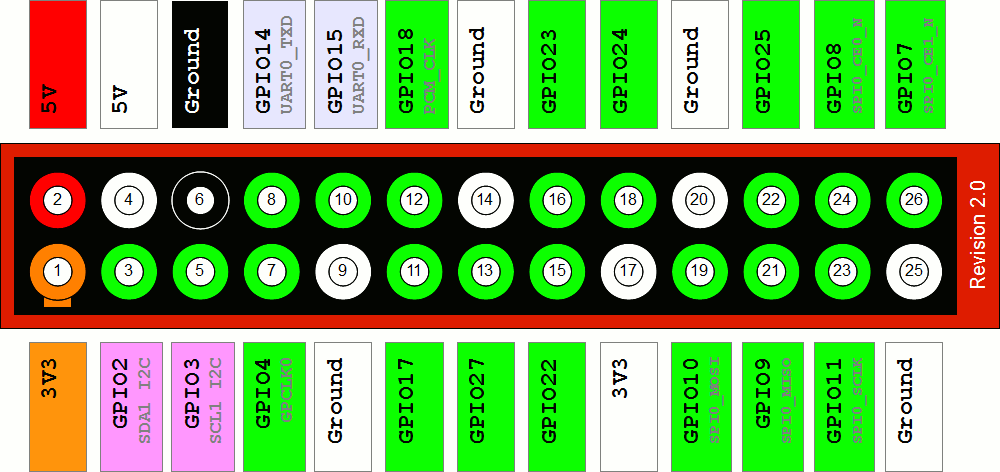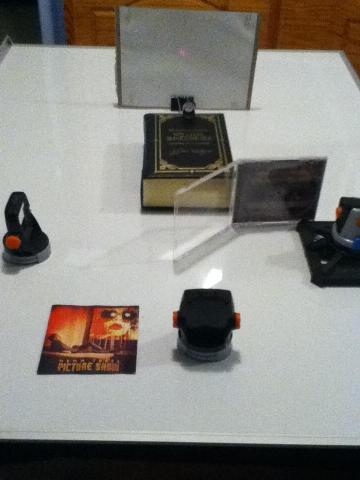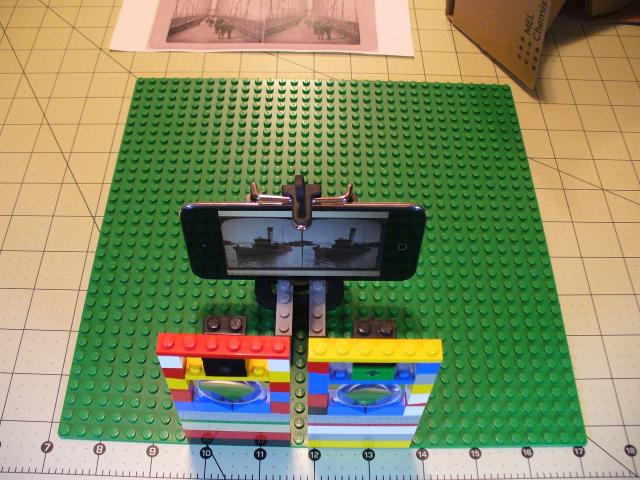 Variable Speed Fan With Snap Circuits, Kano Computer
Variable Speed Fan With Snap Circuits, Kano ComputerIn a previous How-To Guide I demonstrated how to blink a Snap Circuits LED with the Kano Computer...
 IUPUI researchers use stem cells to identify cellular processes related to glaucoma
IUPUI researchers use stem cells to identify cellular processes related to glaucomaINDIANAPOLIS -- Using stem cells derived from human skin cells, researchers led by Jason Meyer...
 Pi Day 2016 Project
Pi Day 2016 ProjectFor Pi Day 2016, I’ll demonstrate how to flash a Snap Circuits LED with the Kano Computer (my...
 LIGO, Gravitational Waves, And Laser Interferometry
LIGO, Gravitational Waves, And Laser InterferometryUPDATE: LIGO has detected gravitational waves. ...



 In my previous article,
In my previous article, 


 If you live in Indiana, or at least near Indianapolis, you should go to the Celebrate Science Indiana science festival in the Blue Ribbon Pavilion at the Indiana State Fairgrounds Saturday 3 October 2015 from 9:30am-5:30pm—it’s free.
If you live in Indiana, or at least near Indianapolis, you should go to the Celebrate Science Indiana science festival in the Blue Ribbon Pavilion at the Indiana State Fairgrounds Saturday 3 October 2015 from 9:30am-5:30pm—it’s free. 
 In my previous article about
In my previous article about 





